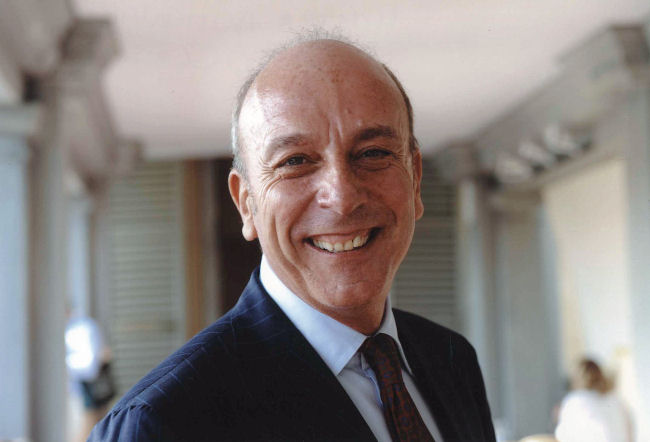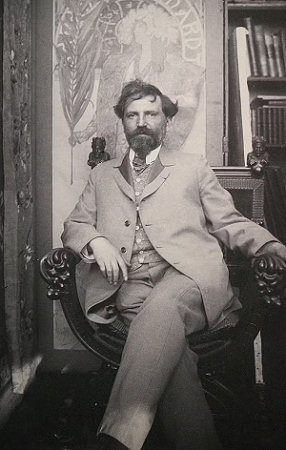

Party
Municipal House
4 November 2023
Party
Municipal House
4 November 2023
Concert
Strahov Monastery
3 November 2023
Concerto
Monastero di Strahov
3 November 2023
After Seville, Prague. When Angelo Ripellino's extraordinary book, Praga magica (Magical Prague), which had influenced and engrossed me so much as a boy, popped up in my library, I knew that the Calendar would have to visit the city of mysteries and wonders. For there can be no end to “the charm, the life of Prague”, and, as the Italian Slavonic scholar writes, “I shall return to it in a dive in Mala Strana, shadows of my youth... I shall go to Prague, I shall take my grandchildren there... my friends, my resurrected parents, all my dead... Prague we shall not give up. Be strong, resist”.
In the 2024 edition of the Calendar, Prague will communicate with Naples. And Massimo Listri will lend visual strength to the magic of the city and its history.
Naples and Prague, two stunning and hypnotic cities, which feed images and transmit legends. Naples, so attractive and multiform, ensnared in a web of narrow alleys and passions, of sounds and smells; an antique beauty, tinged with mystery and magic, like Prague's Mala Strana with its medieval heart, the maze of alleys, ancient courtyards, passageways, churches, synagogues and the exquisite examples of Baroque and Gothic architecture that chase each other through the city grid and often overlap, hiding secrets and stories that have been handed down through time.
The stylistic hallmark of the two cities lies undoubtedly in this shared attraction for mystery, for the invisible, expressed in that sense of living, especially characteristic of the Neapolitans, in which the world of the living and that of the dead are in constant contact and symbiosis.
Prague and Naples are also cities in which rich cultural traditions have been neglected or misrepresented over the centuries.
For many years, Prague's culture and civilisation, in particular, have been neglected by the West, which tended to favour an idea of “Slavic culture”, overlooking the specificity and impressive variety and diversity of Bohemian literature, music and architecture. Just think how Bohemian culture was a crossroads of three languages, Czech, Yiddish and German, and how these traditions filtered and coexisted in Kafka's work.
Neapolitan culture too was reduced to mere folklore or banal stereotypes for years, until leading scholars finally reassessed its importance. This is truly surprising, bearing in mind how much the Italian and Neapolitan languages have coexisted in Naples over the centuries, to the point of becoming common ground.
November in Prague will be an opportunity to discover new things or to see others that we have seen before but which have been lost over the years. It will be a time of entertainment and gathering, of fun and cultural exchange. The intersection of these two great civilisations will also come alive in the passion and reflections of important scholars, journalists, artists and historians who will investigate the most significant similarities between the two cities in the new Calendar.
Generoso di Meo

|

|
|||||||||||
Napoli - Siviglia: ...Nápoles tan excelente,
por Sevilla solamente se puede dejar
Napoli - Torino: capitali si nasce
Napoli Firenze: Re-naissence
Napoli Belgrado: Il Nero e il Bianco
Napoli'den İstanbul'a
Napoli Lisbona
Due mari, una sola moltitudine
Napoli a Vienna
Guerra e Pace
Massimo Listri inside Moscow
A Grand Tour around Vesuvius
Listri inside Hamilton's Naples
MEMORIA e FUTURO
Bellotto e Listri a Varsavia
L'anima del tempo di Massimo Listri
Chiese napoletane: rovina e recuperi
icone berlinesi
di Angelo Bucarelli
Cahiers Marocains
due teatri per due sicilie
i sipari di giuseppe e gustavo mancinelli
Mise en scene a Pompei
Giustino Chemello
a "passo falso" da napoli a madrid
Guido Albi Marini
Di Meo a New York
Lello Esposito
Di Meo a Bordeaux
Ivan Theimer
Di Meo
per il "grand tour"
di Alexander Creswell
Di Meo a Capodimonte
Fotografi in cantina